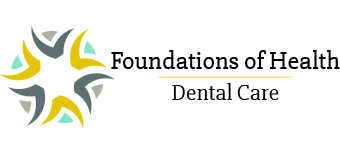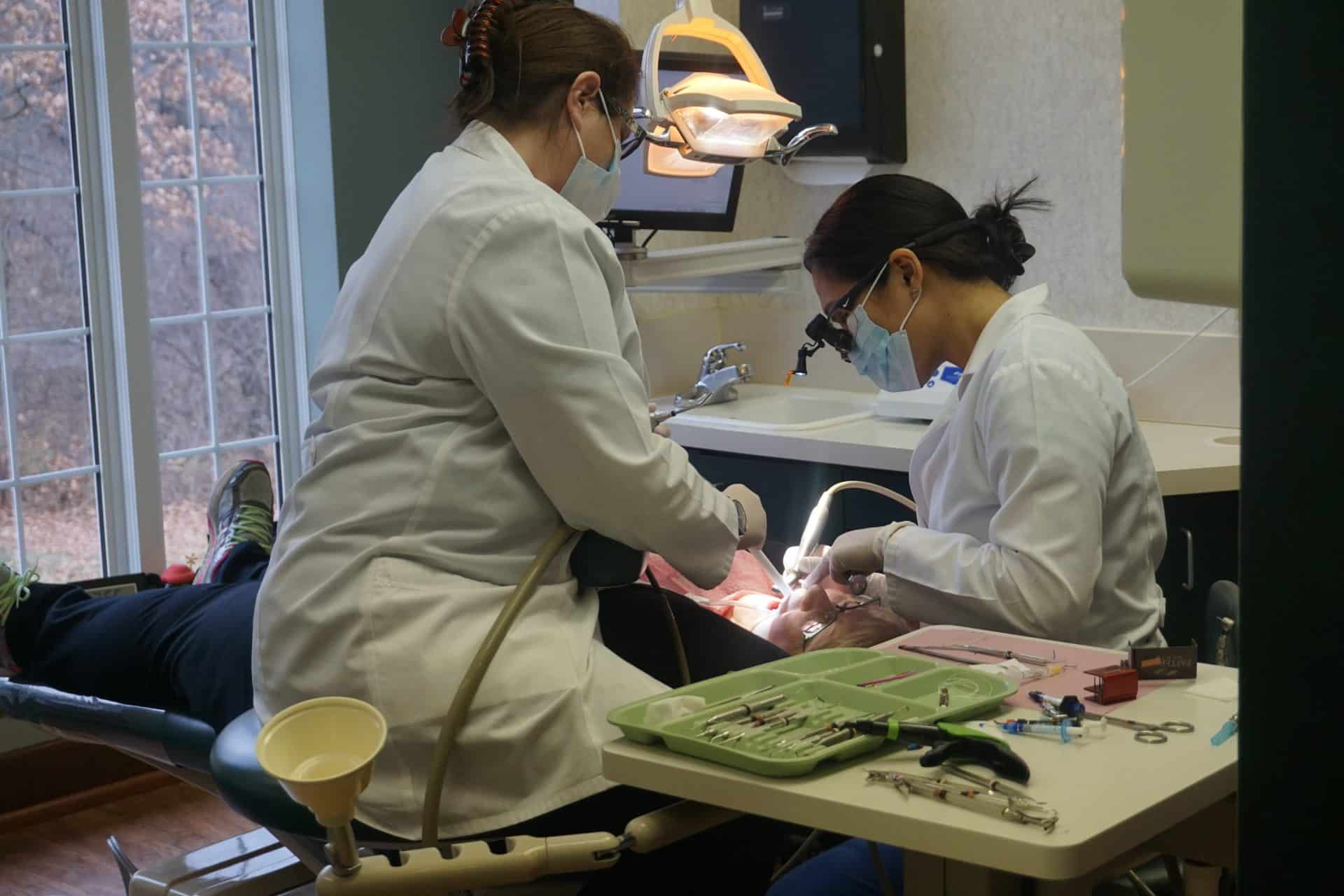April is Oral Cancer Awareness Month
There seems to be a month or day dedicated to everything these days. These days or months create awareness and shine a spotlight on events, information and causes people should know about. April is Oral Cancer Awareness Month. This year an estimated 54,110 people will be diagnosed with some form of oral cancer. And men are twice as likely to get oral cancer than women. This statistic clearly indicates oral cancer is something everyone needs to be aware of. According to a survey by the Cleveland Institute, a man would rather clean the toilet than go to the doctor. And 9,750 lives may be claimed this year by the disease. But approximately 60% diagnosed will reach the 5-year survival rate. The good news is that spreading awareness may help increase survival rates. Knowing the risk factors, symptoms and how to get checked is critical to fighting the disease of oral cancer.
Oral Cancer Risk Factors
Oral cancer can occur in the oral cavity which includes the lips, inside of the cheeks, teeth, gums, the front of the tongue and the floor and roof of the mouth. In addition, the disease can affect the oropharynx which includes the base of the tongue, the tonsils and the middle region of the throat. All of these areas can be difficult to examine. Oral cancer, however, has specific risk factors everyone should be aware of.
Gender: Men are two times more likely to contract oral cancer than women. The American Cancer Society attributes this to increased rates of alcohol and tobacco use in men.
Age: The majority of oral cancer sufferers are over 55, however more and more younger people are being diagnosed due to HPV-related oral cancers. HPV or Human papillomavirus is a sexually transmitted disease now associated with back of the mouth and throat cancers.
Tobacco: The use of tobacco, either smoked or chewed can dramatically increase the risk of oral cancer.
Alcohol: The Center for Disease Control defines a heavy drinker as an average of 2 or more drinks per day for men and one or more drinks per day for women. And the American Cancer Society reports that a whopping 70% of oral cancer patients are heavy drinkers.
Symptoms of Oral Cancer
Being aware of potential symptoms of oral cancer is key to early detection. Early diagnosis is associated with increased potential for better outcomes. Symptoms that last for more than two weeks can include…
- A sore that doesn’t heal
- White or red patches
- Numbness, tenderness or pain
- A lump, rough spot or eroded areas
- Difficulty swallowing or chewing
- Changes in how your teeth line up
- A sore throat, changes in the voice or feeling or something “caught” in the throat
Prevention, Diagnosis and your Dentist
Prevention of oral cancer can be as simple as knowing the risk factors and adjusting behavior for those that you can control. Reducing alcohol consumption and quitting tobacco use is an excellent start. Other ways to prevent a diagnosis are adjusting diet and use of sunblock. Diets low in fruits and vegetables may increase an individual’s risk of developing oral cancer. And people with outdoor jobs can be susceptible to developing lip cancer. The best line of defense is to see your dentist regularly. A bi-annual exam can help determine changes, give the opportunity to discuss symptoms and allows for a screening. Concerns can be addressed, and additional tests ordered. Many patients prefer to ignore symptoms, afraid of an oral cancer diagnosis. But being aware that early detection is so important and knowing risk factors and symptoms can lead to a much better outcome. See your dentist in April, Oral Cancer Awareness month or at least make a future appointment. Knowledge is power.
This article was originally written in April 2018 and has been recently updated.



